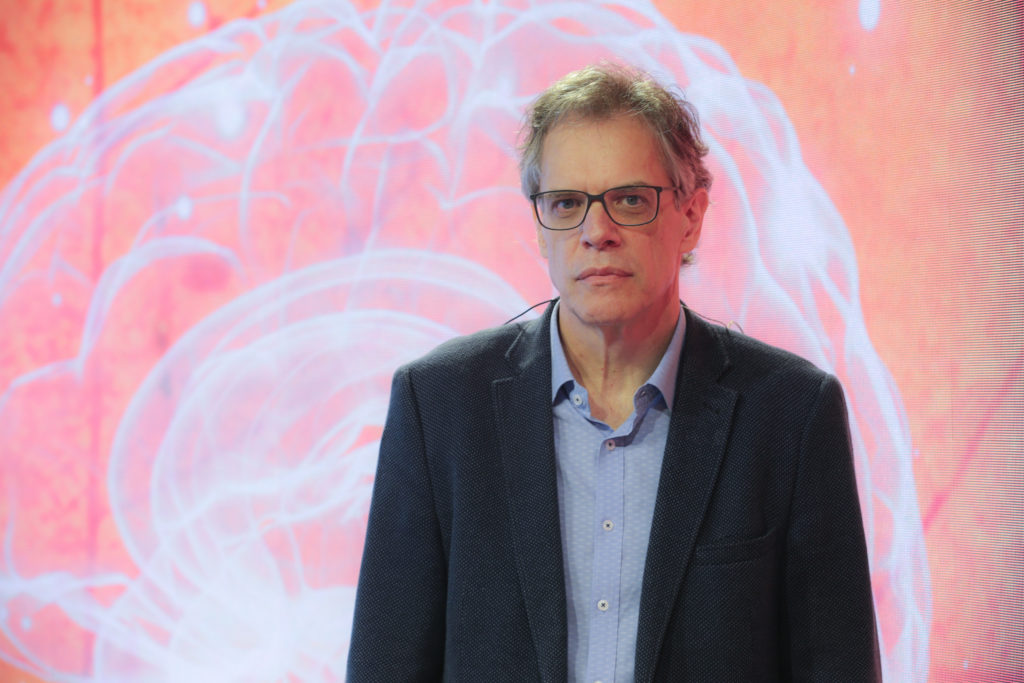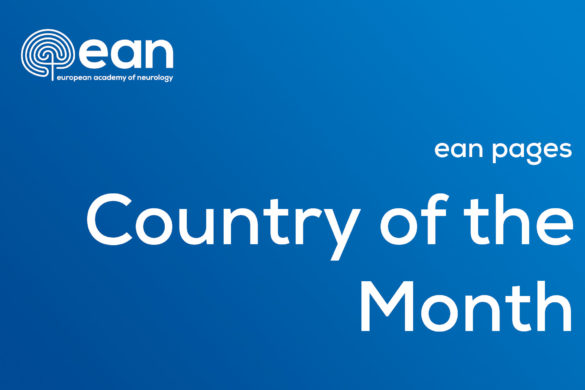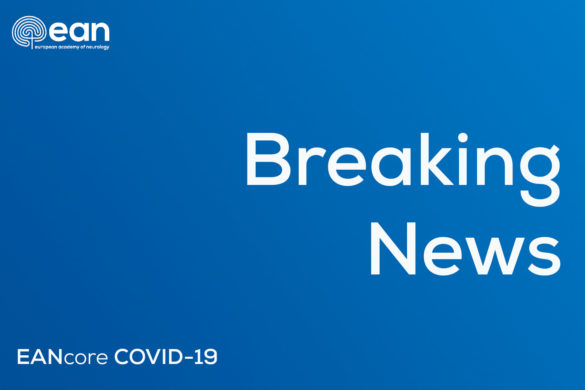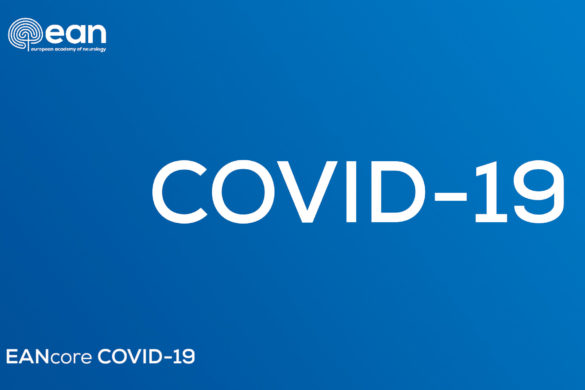1. Kindly illustrate the structure and goals of BAN to the EANpages readers.
Brazil is a heterogeneous country with continental dimensions. It is the fifth most populous country on earth and accounts for one third of Latin America’s population. Brazil has notable idiosyncrasies. In one sense it is a typical developing country; on the other hand, there has been a progressive and substantial improvement in several social and economic parameters over the past decades, including an increase in life expectancy which is particularly striking in some regions, such as the south and southeast where there is generally a better quality of life compared with the north and northeast regions. The cultural, socioeconomic, and demographic differences between Brazilian regions are associated with a wide variation in the organisation of neurologic services and neurological care. The needs of Brazilian neurologists are diverse and heterogeneous. Therefore, different strategies are needed in the education and training for neurological care.
The Brazilian Academy of Neurology (BAN) has been working for the common interests of neurologists in Brazil since 1962. The field of neurology in Brazil began to emerge towards the beginning of the nineteenth century. European medicine exerted a strong influence on Brazilian medicine and on the main pioneers of Brazilian neurology. Today, the BAN has almost 4,000 members.
The distribution of neurologists is very heterogeneous in Brazil. The south, southeast, and central Brazilian territories have a higher density of neurologists. This may be explained by the greater prevalence of big cities in these regions, as well as by a greater prevalence of advanced technology, universities, and training centres. BAN has been working to stimulate young neurologists to develop neurology in all regions of Brazil. However, problems such as low health service infrastructure have been a difficult to overcome.
Besides developing centres of excellence and training neurologists, it is essential to involve primary care physicians in the delivery of neurologic services. BAN has also been working to provide neurological education for general physicians.
Many BAN neurologists from distant parts of Brazil have difficulties in attending meetings and getting the benefit of these complementary activities. The BAN has organised many campaigns to disseminate knowledge about prevention, diagnosis, and treatment of different neurological diseases. The Brazilian Academy Neurology Congress occurs every two years, with around 4,000 neurologists attending, looking for continuing education. This has been the result of hard work by the BAN leadership and neurological representative members.
2. How does BAN promote the development of clinical neurology and neurological science throughout Brazil?
The BAN is organised in scientific departments like other international neurology associations. Collaborations between training institutions have been a successful model for supporting specialty medical education and increasing clinical and research capacity. Concerning neurology sub-specialties, many of them, such as epilepsy, movement disorders, dementias, cerebrovascular, and infectious diseases, have presented a high scientific production in Brazil. Since 1970, BAN has edited and published the Arquivos de Neuro-Psiquiatria, an open access journal that publishes its contents in English, aiming to bring relevant peer-reviewed papers to professionals and researchers in the areas of clinical neurology and neuroscience.
Brazil has been building a history of excellence in neurology, but over the past years, political and economic constraints have led to the emigration of many brilliant specialists and scientists to academic institutions in developed countries, especially North America.
3. EAN looks forward to working with you and BAN. How do you see such cooperation developing, particularly with regard to current global challenges such as the COVID-19 pandemic?
In recent years, “globalisation” has been positive, allowing easily cooperative projects among associations and countries. Collaboration with EAN certainly will contribute further to the development of Brazilian neurology.
Regarding the COVID-19 pandemic, Brazil continues to experience extremely high daily case numbers of COVID-19 throughout the country. Brazil has lost more than 430,000 lives and has one of the highest death tolls per capita in the world. Around 33 million people (15 % of the population) have received at least one vaccine dose in Brazil; a proportion which is still too small. Collaboration between societies around the world to develop neuro-epidemiological databases to report all cases of new-onset, acute, delayed, and any long-latency neurological disorders will help in developing strategies to deal with neurological complications associated with SARS-CoV-2 infection












